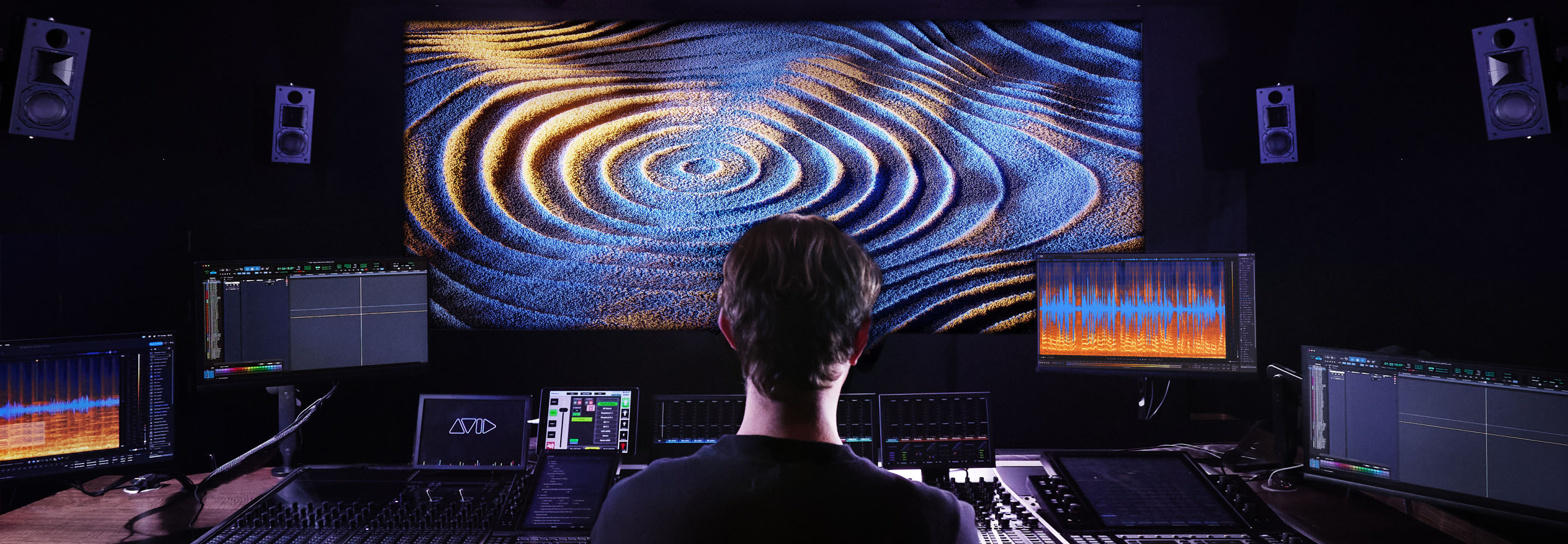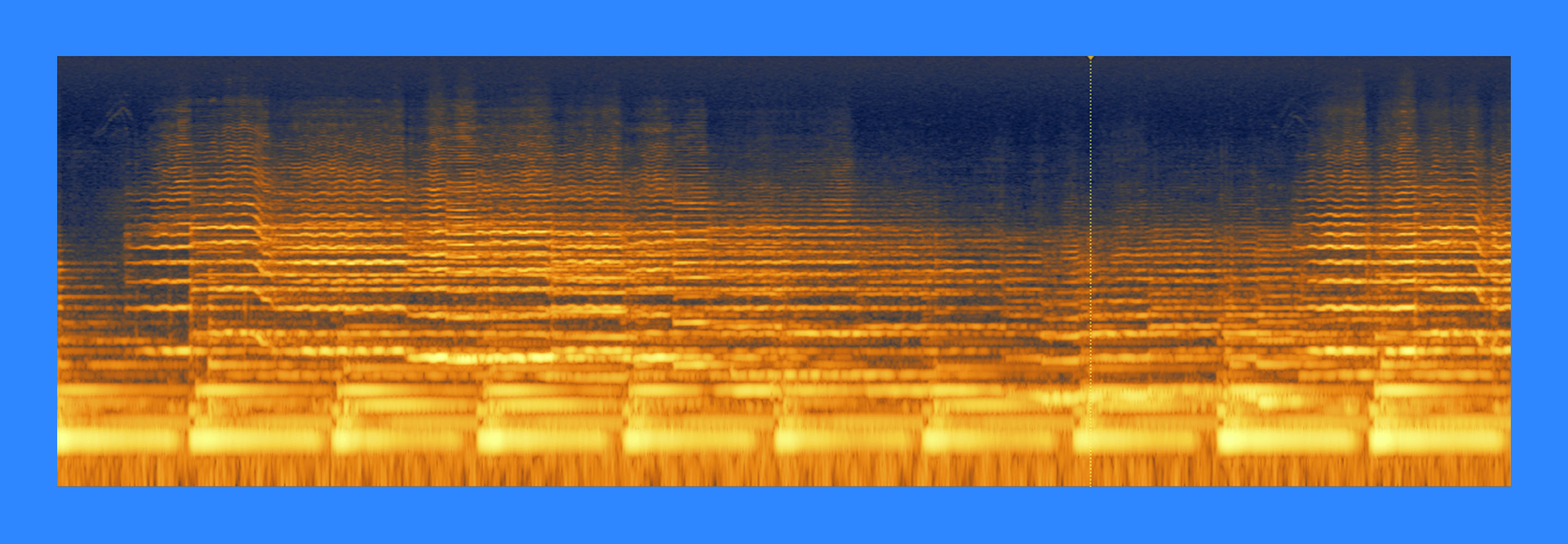
Recording Backing Vocals to Bring Your Chorus to Life
Find your voice with these simple chorus-enlivening techniques for recording backing vocals with Spire Studio.
“The only thing better than singing is more singing.”
– Ella Fitzgerald
There’s no doubt about it—whether you’re on stage, at a concert, in the middle of an empty field, in the shower or on stage, singing is good for the mind, body, and soul.
While some people are blessed with angelic sounding pipes, not all of us find singing natural, or even easy, to sing in public or lay our vocals down when the recording light comes on. But, if you’re a home recording enthusiast, part-time songwriter and secret singer, there are some simple yet effective techniques to bring your vocals—particularly those in your choruses—to life when it’s time to record your songs.
You don’t have to be an Ella Fitzgerald to try these simple yet effective techniques for recording backing vocals, you don’t even have to be a Joe Strummer—all you have to do is have the passion, the recording rig, and some basic musical ability.
The aim of a song’s chorus
Studies suggest that the human mind is built to favor repetition in a musical context. Whether it's a sound, a word, a syllable, a hook, or a melody, we thrive on repeated parts or sections—and the chorus plays into the hands of that very notion.
While a great deal of most songs are repeated (chants, verses, bridges, vocal lines, etc.), more often than not, the chorus is the section of a tune that defines it—becoming deep-rooted in the head of the listener from the first listen or two.
That said, in most cases, the chorus is designed to convey the main hook or message in a song, giving the song a point from which the arrangement can flow and as a result, truly get under the skin of the listener.
Whether dynamically the song builds up to the chorus and it becomes the loudest part, or vice-versa, this particular part should stand out and be by its very nature, repeatable. And, these tips for recording backing vocals will help you make your choruses more interesting, more powerful and more memorable.
Each of these sound clips has been recording using my Spire Studio with a little Acoustic Shaper Reverb applied, with the backing vocal track panned to the right and brought down in the mix slightly. Also, for a little extra bite, I’ve added a light dose of Verb ‘65 amp effect to the backing vocal track in each example.
Basic harmony
For this clip, I've added an extra layer of warmth to the chorus vocal by using basic harmony. To achieve this effect, I placed the main vocal on loop and sang over it repeatedly until I found the sonic sweet spot where the backing track meshed with the main vocal take, as opposed to applying a theoretical approach. In doing so, I found a basic harmony line using naturally, with my ear, using a little trial, error and experimentation, bringing the chorus line to life in the process.
Repeated Hooks
Without a doubt, the easiest and most effective means of creating impact by using a repeated chant or hook in the background of your chorus is by using a lyric, word or phrase from the lead vocal. In this case, I used the phrase “salt wound, salt wound blues,” placing the lead vocal on loop until I settled on a rhythm that enhanced the chorus' lyrical flow without detracting from the main part. Once I recorded my take, I set the repeated hook down in the mix to make it a subtle addition rather than a standout section of the song.
Octaving
Overdubbing matching song parts an octave higher is an incredibly cool way of adding depth, charm, and a razor-sharp edge to parts of your song—chorus vocals are no exception. Here I sang the exact same melody line as the lead vocal take, with the aim of punctuating the chorus when it rolls around, making it the centerpiece of the song. While this technique works really well in some choruses, in certain arrangements, vocal octaving might work better used sparingly in a verse or bridge. The best thing to do is record your entire song and test the octaving method at the very end to test how effective it might be to the final result—simple.
Oohs, aahs, or adlibs
Oohs and aahs might be simple but if executed the right way, they can really lift a chorus into new heights—just ask The Beatles. That said, all you have to do—much like in this clip—is ooh, aah or adlib over your chorus’ main vocal part until something sticks and lay it down. Here I kept the backing hook “salt wound blues” from the second clip and added “aahs” sparingly over two parts, panning the track slightly left and bringing it up almost level with the lead vocal for extra impact. To enjoy the best results with oohs, aahs and adlibs, it always pays to improvise, whittling down your efforts to two or three ideas before deciding on a winner.
As you can probably tell from these clips, I’m no Brian Johnson or Otis Redding, but the point is: if you have a spare track to record on, a willingness to bring your ideas to life and a little imagination, you can really enhance your vocal takes, making your choruses all the more memorable as a result. Try out these techniques, don’t be afraid to experiment and the rewards will be endless—best of luck!
If you’d like to spruce up the words you use in your songs, explore our guide on how to use dummy lyrics.


